-
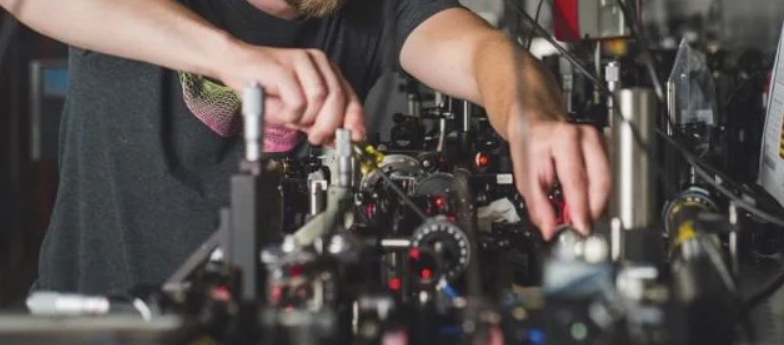
Optical components technology development trend
Optical components refer to the main components of optical systems that use optical principles to carry out various activities such as observation, measurement, analysis and recording, information processing, image quality evaluation, energy transmission and conversion, and are an important part ...Read More -
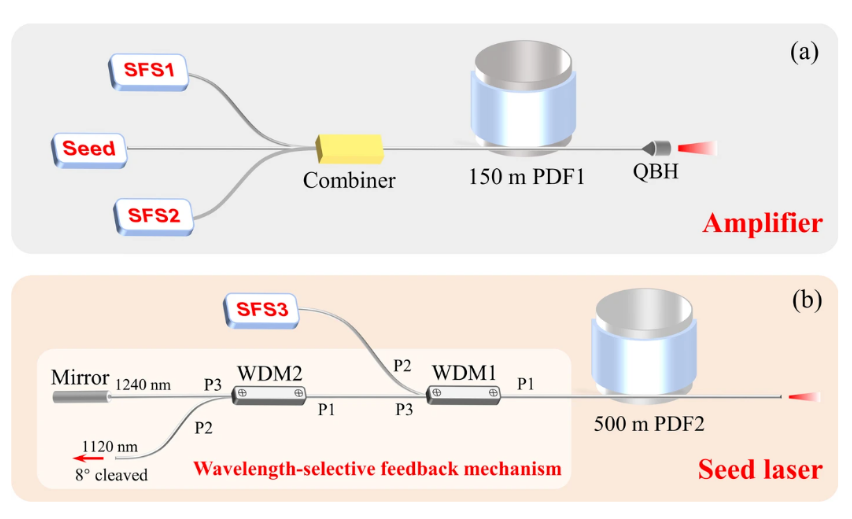
A Chinese team has developed a 1.2μm band high-power tunable Raman fiber laser
A Chinese team has developed a 1.2μm band high-power tunable Raman fiber laser Laser sources operating in the 1.2μm band have some unique applications in photodynamic therapy, biomedical diagnostics, and oxygen sensing. In addition, they can be used as pump sources for parametric generation of mi...Read More -
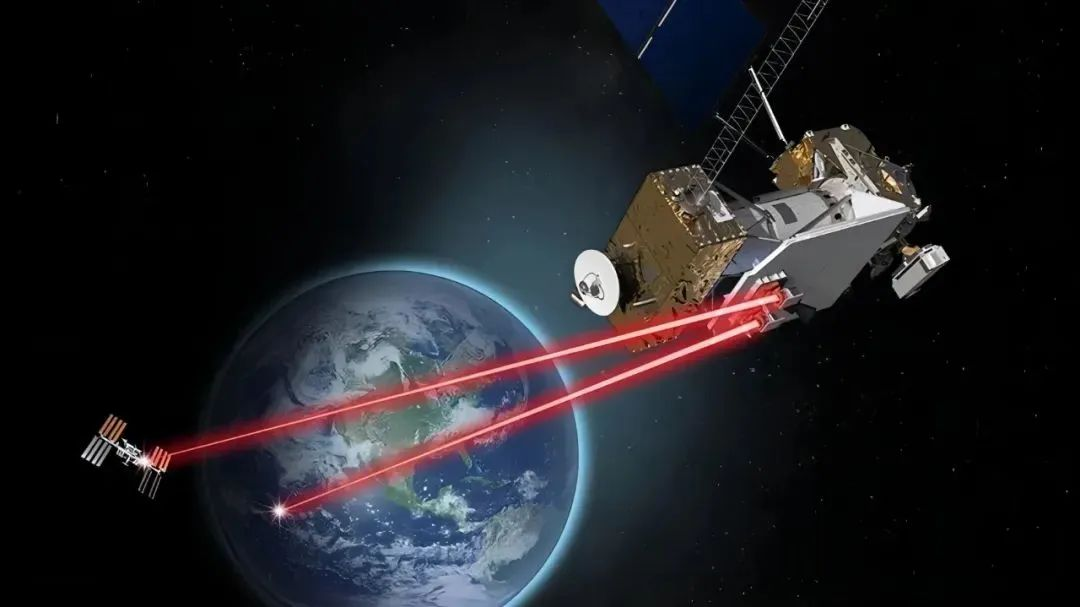
Deep space laser communication record, how much room for imagination?Part Two
The advantages are obvious, hidden in the secret On the other hand, laser communication technology is more adaptable to the deep space environment. In the deep space environment, the probe has to deal with ubiquitous cosmic rays, but also to overcome celestial debris, dust and other obstacles in ...Read More -
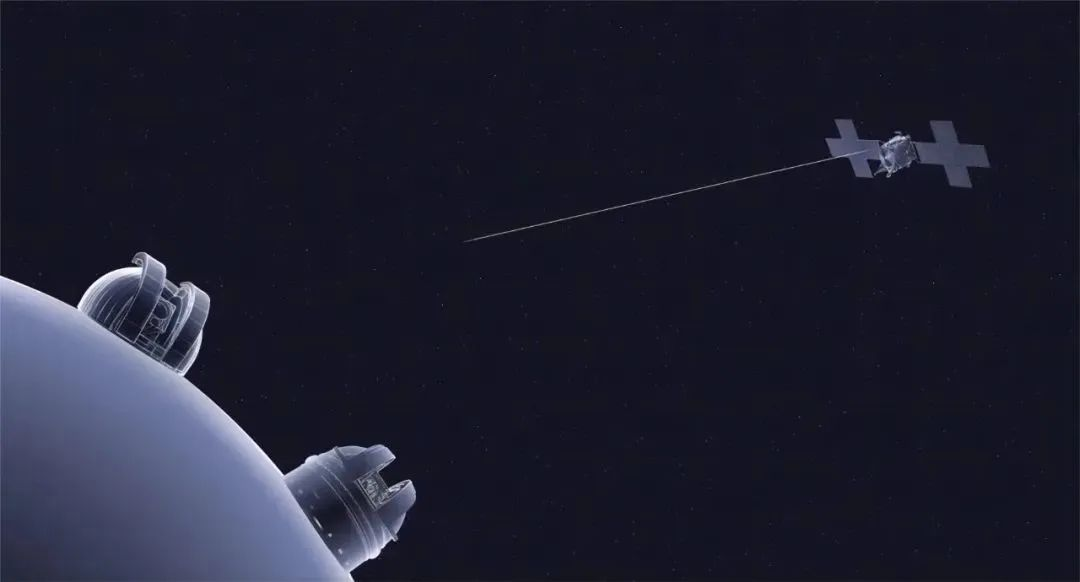
Deep space laser communication record, how much room for imagination?Part one
Recently, the US Spirit probe completed a deep space laser communication test with ground facilities 16 million kilometers away, setting a new space optical communication distance record. So what are the advantages of laser communication? Based on technical principles and mission requirements, wh...Read More -
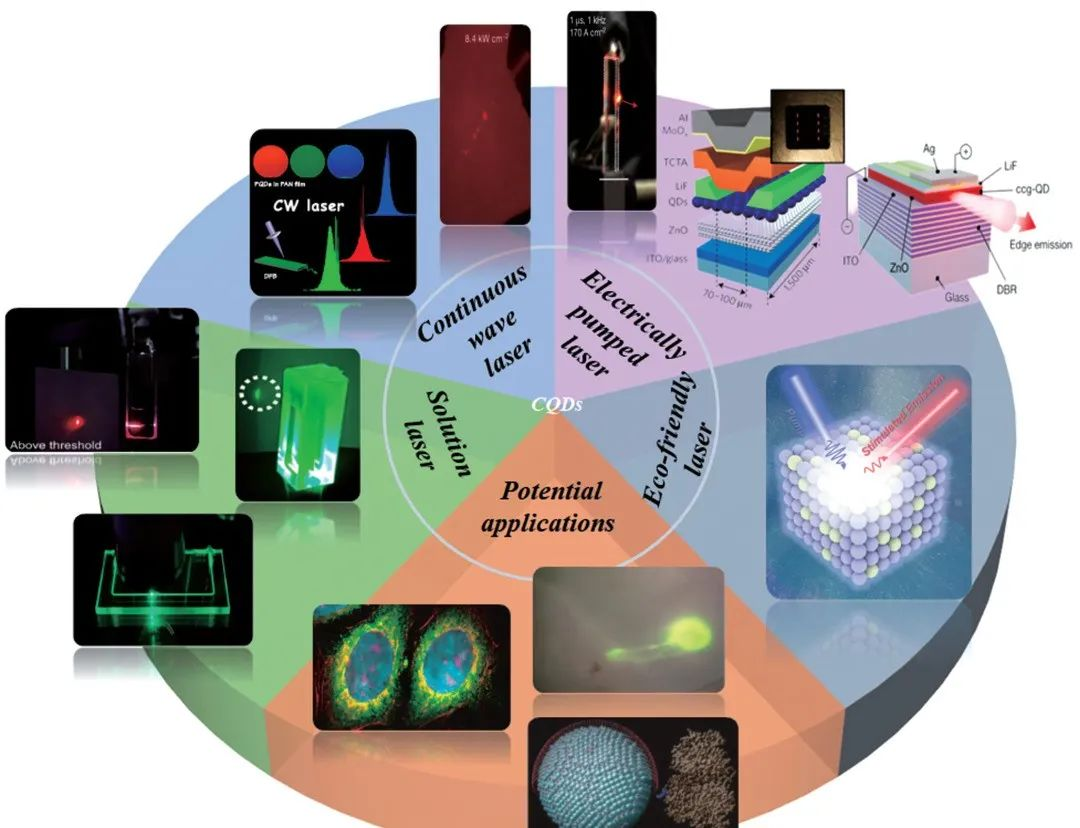
Research progress of colloidal quantum dot lasers
Research progress of colloidal quantum dot lasers According to the different pumping methods, colloidal quantum dot lasers can be divided into two categories: optically pumped colloidal quantum dot lasers and electrically pumped colloidal quantum dot lasers. In many fields such as the laboratory ...Read More -
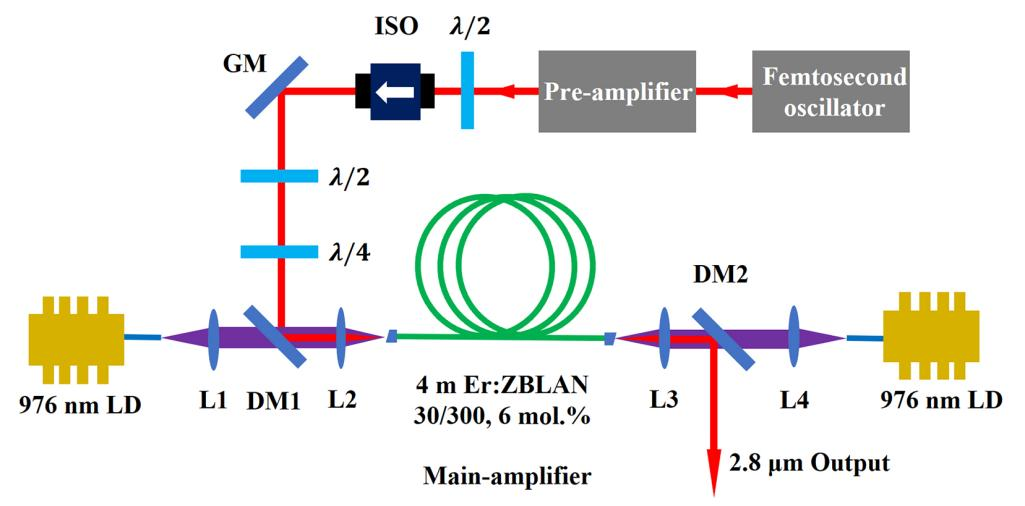
Breakthrough! The world’s highest power 3 μm mid-infrared femtosecond fiber laser
Breakthrough! The world’s highest power 3 μm mid-infrared femtosecond fiber laser Fiber laser to achieve mid-infrared laser output, the first step is to select the appropriate fiber matrix material. In near-infrared fiber lasers, quartz glass matrix is the most common fiber matrix material ...Read More -
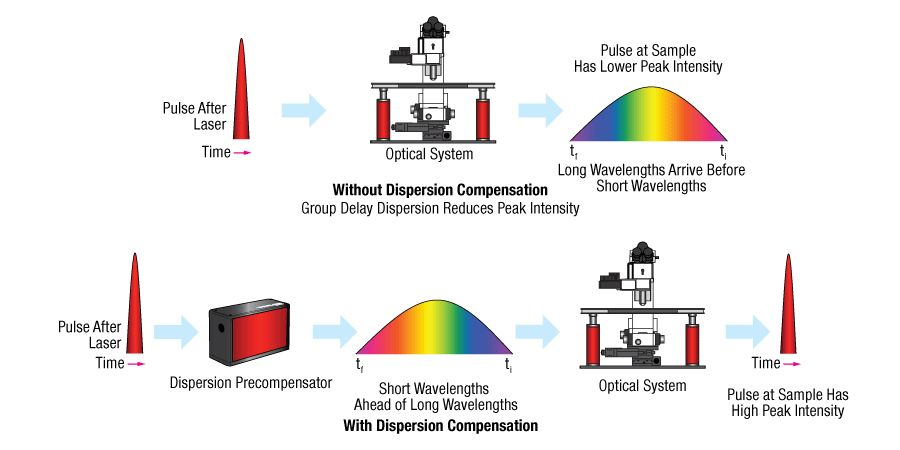
Overview of pulsed lasers
Overview of pulsed lasers The most direct way to generate laser pulses is to add a modulator to the outside of the continuous laser. This method can produce the fastest picosecond pulse, although simple, but waste light energy and peak power cannot exceed continuous light power. Therefore, a more...Read More -
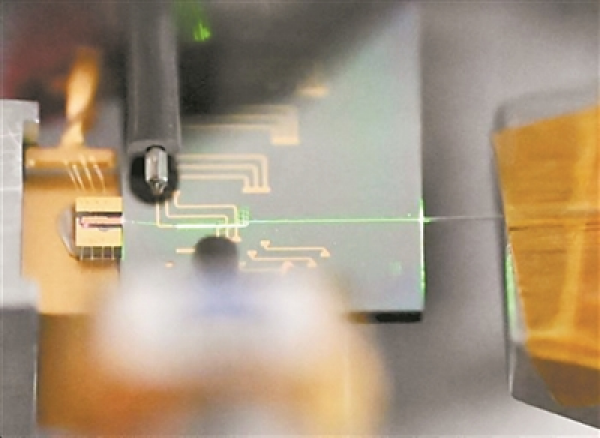
A high performance ultrafast laser the size of a fingertip
A high performance ultrafast laser the size of a fingertip According to a new cover article published in the journal Science, researchers at the City University of New York have demonstrated a new way to create high-performance ultrafast lasers on nanophotonics. This miniaturized mode-locked lase...Read More -
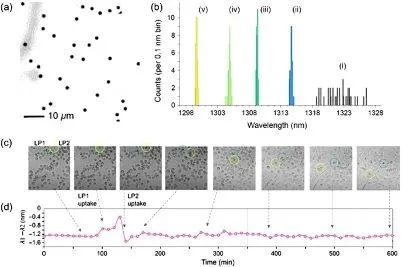
An American team proposes a new method for tuning microdisk lasers
A joint research team from Harvard Medical School (HMS) and MIT General Hospital says they have achieved tuning of the output of a microdisk laser using the PEC etching method, making a new source for nanophotonics and biomedicine “promising.” (The output of the microdisk laser can b...Read More -
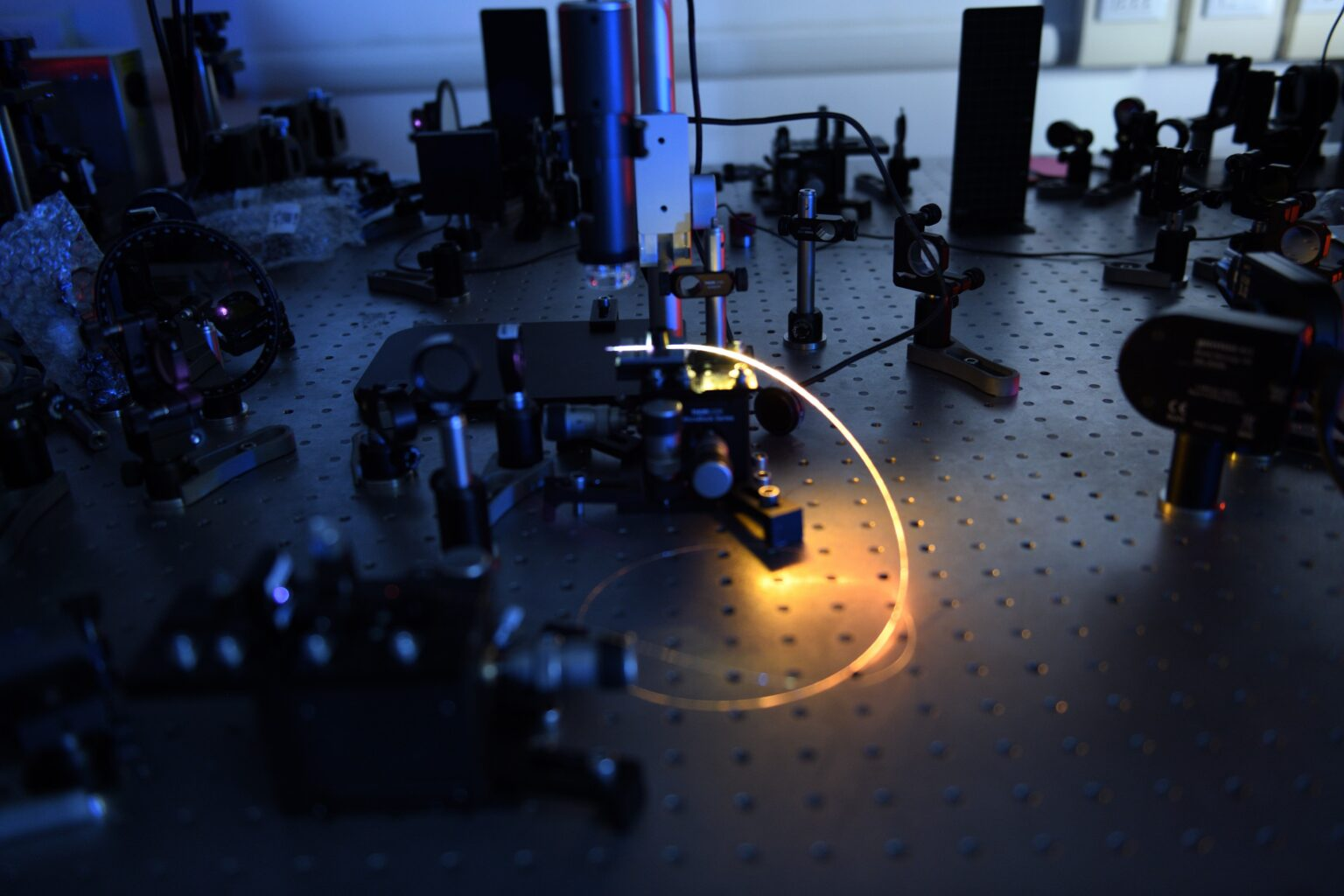
Chinese first attosecond laser device is under construction
Chinese first attosecond laser device is under construction The attosecond has become a new tool for researchers to explore the electronic world. “For researchers, attosecond research is a must, with attosecond, many science experiments in the relevant atomic scale dynamics process will be ...Read More -
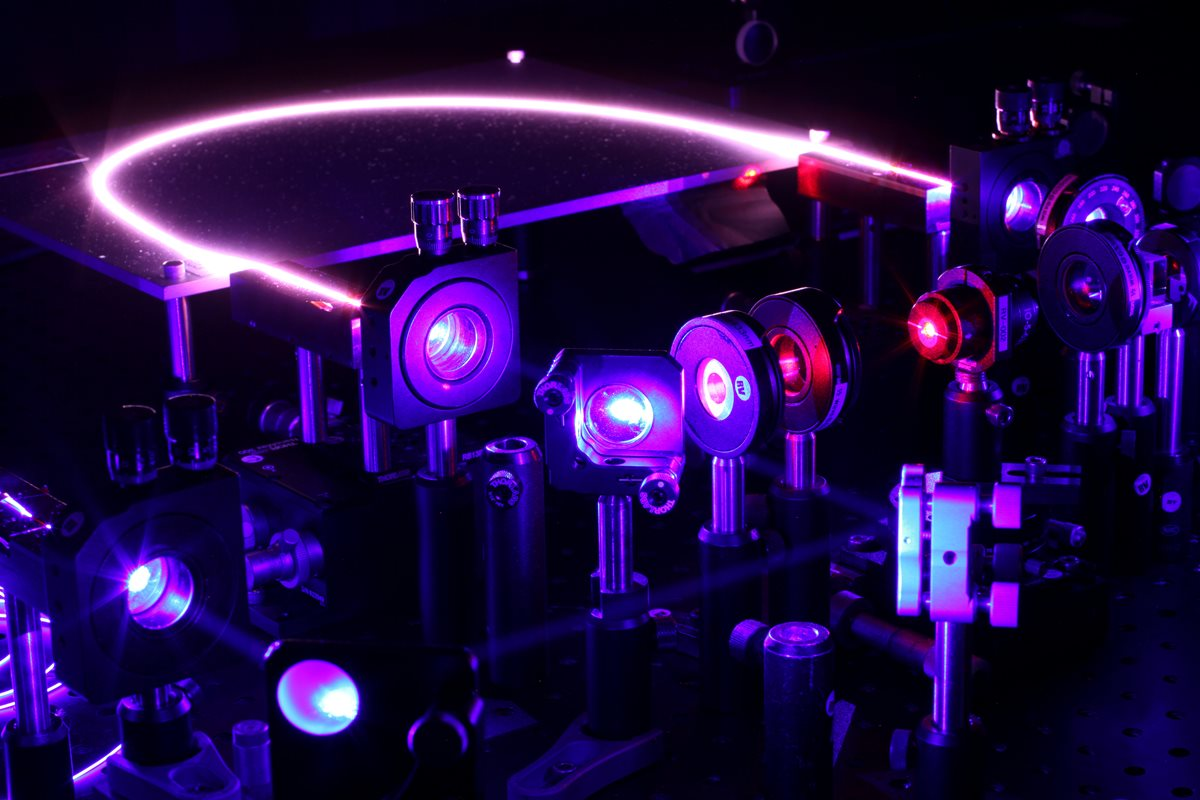
Choice Of Ideal Laser Source: Edge Emission Semiconductor Laser Part Two
Choice Of Ideal Laser Source: Edge Emission Semiconductor Laser Part Two 4. Application status of edge-emission semiconductor lasers Because of its wide wavelength range and high power, edge-emitting semiconductor lasers have been successfully applied in many fields such as automotive, optical co...Read More -
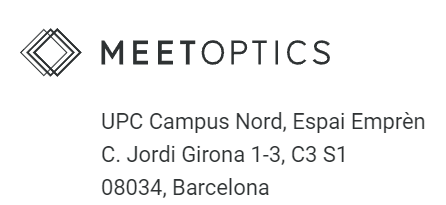
Celebrating the collaboration with MEETOPTICS
Celebrating the collaboration with MEETOPTICS MEETOPTICS is a dedicated optics and photonics search site where engineers, scientists and innovators can find components and technologies from proven suppliers around the world. A global optics and photonics community with an AI search engine, a hig...Read More





